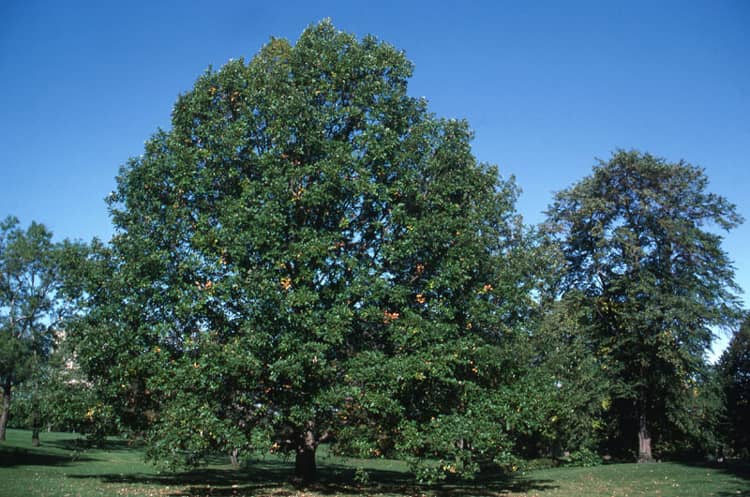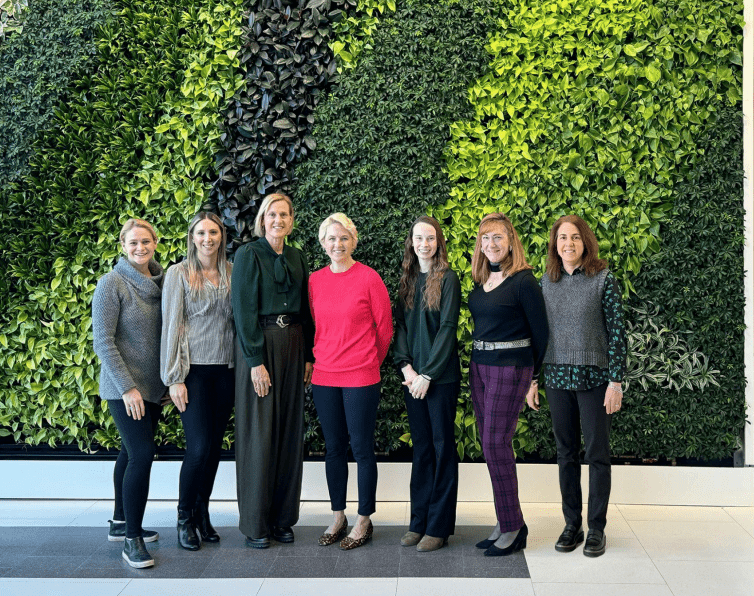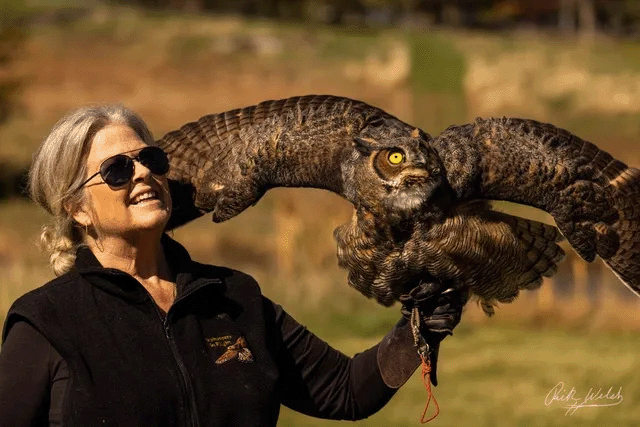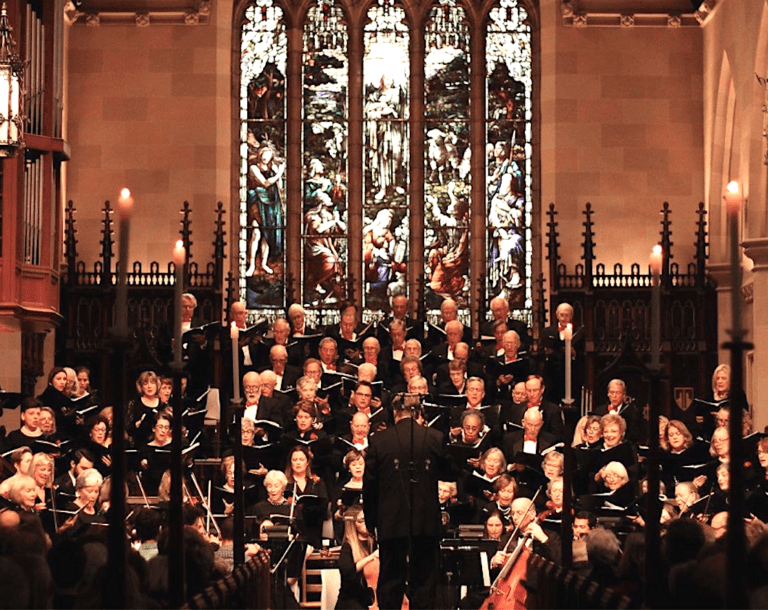
By Richard Kaufman
Greenwich’s Tree Warden, Bruce Spaman, ruled against a resident’s request to remove two trees located in the northwest section of a park in Cos Cob, on Bible Street, last week, according to a statement released from the Department of Parks and Recreation.
The two trees, a Swamp White Oak and a Pin Oak, measure 2-2 ½ in caliper measurement. They were planted in the summer of 2017 by the Greenwich Youth Conservation Program, and sponsored and administered by the Greenwich Department of Human Services.
At a public hearing back on Feb. 22, Elaine Baruno cited several concerns about the impacts the trees would have on her property, located adjacent from the trees.
Baruno noted that: the trees drop many leaves on the property; acorns may be hazardous underfoot and attract Lyme Disease infected mice and deer; cleaning up leaves and acorns would become a financial burden; damage to the property could be incurred as a result of branches extending over the yard and house; the tree root systems may become invasive and damage stonework on the property; vegetable gardening may be diminished due to lack of sunlight.
Since the town’s tree ordinance in the town code was revised in 2009, Greenwich has adhered to a stated policy in section 5 that, “Trees are not to be removed ‘for doing what trees do naturally.’ Trees are not to be removed for shedding fruit, nuts, leaves, twigs and small branches, or for sheltering wildlife.”
Spaman said Baruno’s concerns, “All seem to fit into the realm of section 5.”
“And frankly,” Spaman added, “it will be quite some time before any of these claims might come to pass, as the full maturity of these trees is about 80 years from now. In fact, many of these claims might seem beneficial to another person with a different perspective. Shade for cooling, oxygen to offset carbon dioxide, visual screen to a parking lot, absorption of excess water, wildlife food and habitat, and the list goes on.”
Spaman went on to say that as Tree Warden, he doesn’t take the responsibility of caring and controlling the town’s trees lightly, and that each tree slated for removal is inspected and decided on a case-by-case basis.
Spaman noted that all trees in and around Greenwich constitute what the town calls, “Greenwich’s Community Forest.”
“This special forest provides important environmental, aesthetic, recreational and social benefits to its residents. The Community Forest also needs to be safe for its residents and strive to be compatible with necessary town infrastructure improvements, such as roads, sidewalks, buildings, underground and overhead utilities,” Spaman said in the statement. “Planting sites for trees away from such infrastructure challenges are few and difficult to find. These locations are identified as important places for trees to grow naturally and unobstructed so trees are able to provide a full complement of environmental and aesthetic benefits for the residents of the town.”




